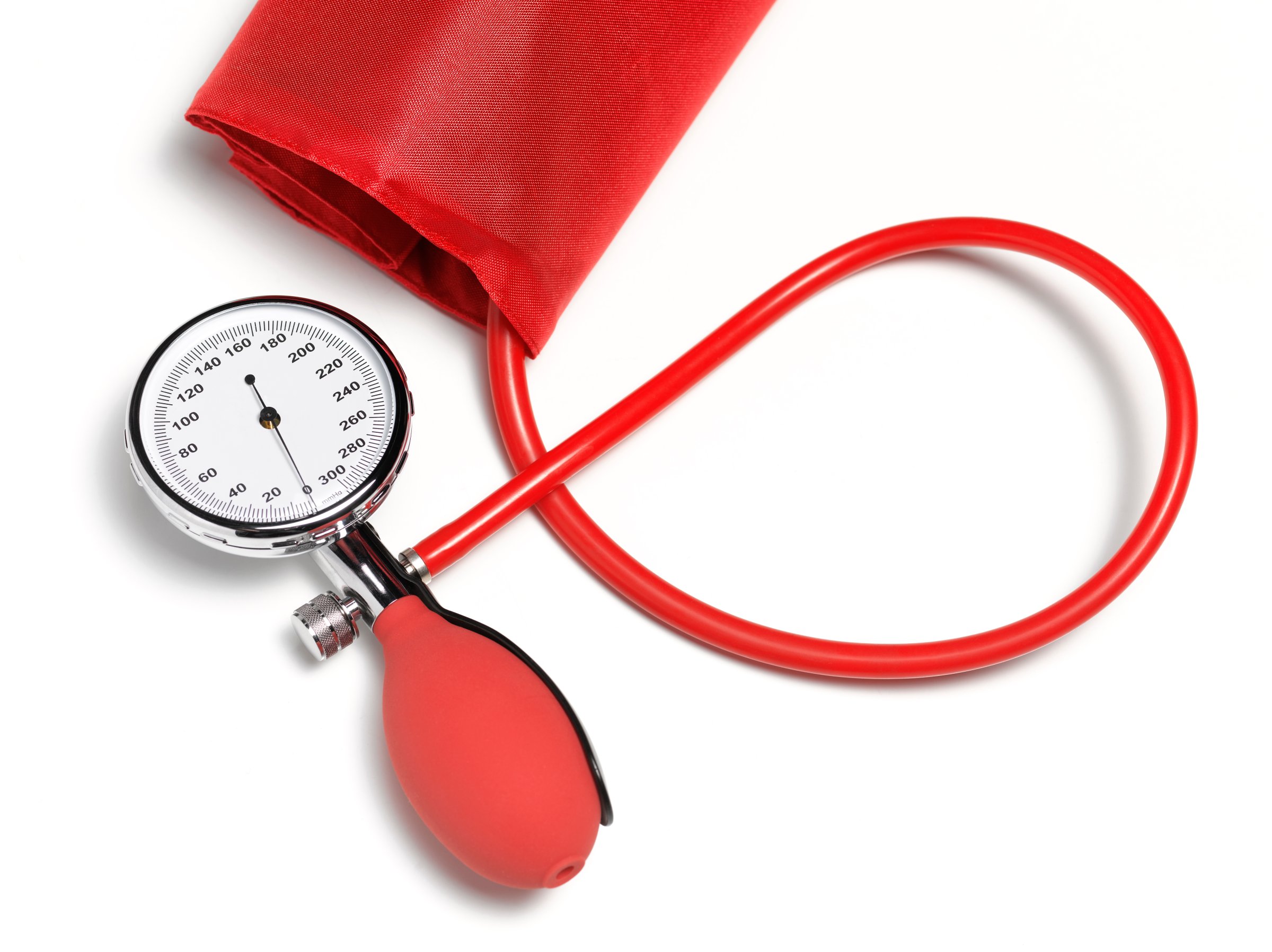
Scientists at the American Heart Association annual meeting Monday presented surprising results from a much-anticipated trial that call into question current blood pressure recommendations. The SPRINT trial—short for systolic blood pressure intervention trial—is the largest study yet to compare people who kept their blood pressure at currently recommended levels of 140/90 to people who dropped their measurements to below 120/80.
The result? The lower the blood pressure, the better the outcome. Those who hit the systolic blood pressure target of 120 had significantly lower rates of premature heart-related deaths and early deaths from any cause. The difference was dramatic enough for the investigators to halt the trial nearly two years early.
“The general message here seems to be that lower seems to be better,” says Dr. Paul Whelton, from Tulane University and chair of the SPRINT trial. “Overall we deem that the benefits of the lower blood pressure far outweigh the potential for risk.”
While previous research has linked lower blood pressure to better heart outcomes, most studies involved a smaller number of people or were population-based surveys that simply noted trends in heart events among people with lower or higher pressures. They didn’t have the heft of SPRINT, which is a gold-standard trial that targeted specific blood pressure goals and tracked people’s health outcomes.
The results of SPRINT, published in the New England Journal of Medicine, did just that. Researchers randomly assigned people to take medications to lower their pressures to either below 140 or below 120. These targets represent the upper number in the blood pressure ratio, known as the systolic pressure, which reflects the amount of blood the heart squeezes to the rest of the body when it contracts. (The bottom number reflects pressure when the heart is relaxed and blood is flowing into the heart.)
MORE: High Blood Pressure Treatment Should Be More Aggressive, Study Finds
The findings raise questions about whether blood pressure targets should come down from 140/90. The trial included a specific population of people with hypertension who are at higher risk of developing heart disease and do not have diabetes. Experts now need to decide for whom the SPRINT results are most relevant. A joint panel of members from the American Heart Association (AHA) and the American College of Cardiology will consider the results as it revises its blood pressure control recommendations, which are due next fall. For now, AHA and the American Medical Association say the current guidelines stand.
MORE: High Blood Pressure Related Deaths Are Way Up: CDC
The benefits of lowering blood pressure to 120 were consistent across age groups, gender, different races and whether or not the volunteers had chronic kidney disease. People older than 75, for example, had the same benefits as those who were younger, and African-Americans showed the same benefits as whites—despite the fact that African-Americans tend to have higher rates of hypertension and are more vulnerable to developing complications from higher blood pressure.
That consistency is critical, since some experts have been concerned that lowering blood pressure to levels that are too low could be a bad idea for elderly. Neurologists worry that too-low pressure can reduce blood flow to the brain and contribute to fainting, dizziness and falls among older people. Dr. Clifford Saper, professor of neurology at Harvard Medical School and Beth Israel Deaconess Medical Center, says that neurologists already see some patients whose blood pressure is adjusted to the point where it becomes too low to support blood flow to the brain.
In SPRINT, the group that lowered their pressure more aggressively did indeed show higher rates of these side effects, with the exception of falls. But these adverse events also occurred at a relatively consistent rate among the different groups. “Those over 75 years appeared to tolerate the reduction to less than 120 at least as well as those who were under 75,” says Dr. Jackson Wright, professor medicine at Case Western Reserve University.
Whether current guidelines for blood pressure should be changed to reflect the new information will require more debate and discussion. Cholesterol advice has followed a similar downward trend in recent decades, and some heart experts believe it’s time to re-evaluate blood pressure goals as well. The current targets of 140 for most adults and 150 for those over 60 years are based on studies that found dropping systolic pressure from much higher levels—like 220—to 150 showed heart benefits. Now SPRINT shows that there are fewer heart-related problems when readings are lowered from 140 to 120.
Many physicians have already been working with their patients to hit lower blood pressure goals, and the new data may make them comfortable with being more aggressive. “We had a hunch that lower was better; SPRINT now validates that hunch,” says Dr. Wayne Riley, president of the American College of Physicians and professor of medicine at Vanderbilt School of Medicine. “I think internists will embrace [these results] with gusto in carefully selecting their patients to decrease their risk of heart attack and stroke.”
But there are still many unanswered questions, particularly about whether other groups—such as those with less risk than the population in SPRINT—might also benefit from keeping their blood pressures that low.
“Decisions will remain about how the data in SPRINT will be applied, and for whom,” says Wright.
More Must-Reads from TIME
- Why Biden Dropped Out
- Ukraine’s Plan to Survive Trump
- The Rise of a New Kind of Parenting Guru
- The Chaos and Commotion of the RNC in Photos
- Why We All Have a Stake in Twisters’ Success
- 8 Eating Habits That Actually Improve Your Sleep
- Welcome to the Noah Lyles Olympics
- Get Our Paris Olympics Newsletter in Your Inbox
Contact us at letters@time.com